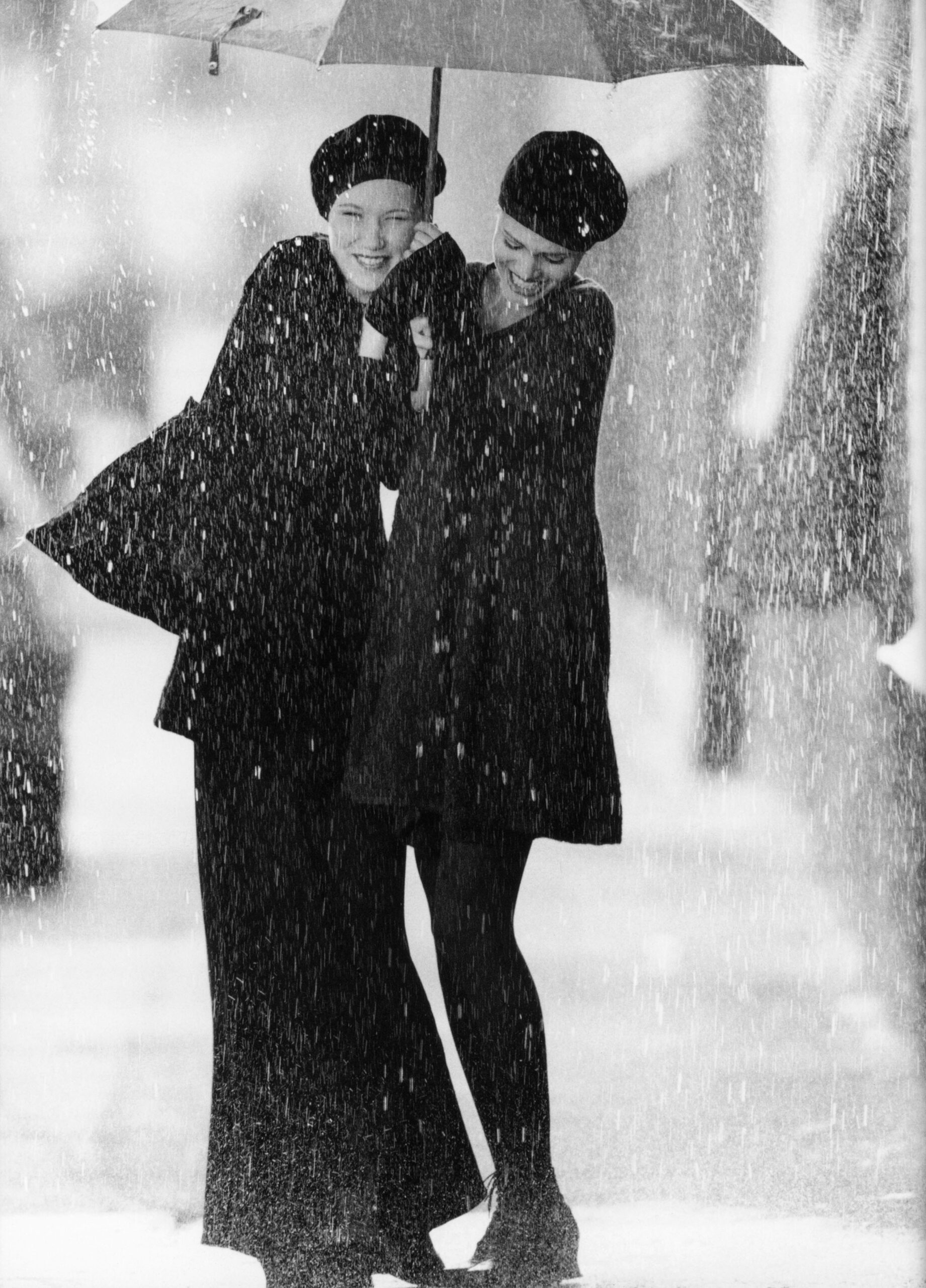Opened at the Armani/Silos spaces, the exhibition “Aldo Fallai for Giorgio Armani, 1977 – 2021: a contemporary narrative spanning almost three decades of uninterrupted artistic connection between Giorgio Armani and Aldo Fallai” houses approximately two hundred and fifty black-and-white shots. The first assignment given by Armani to Fallai, a feature for “L’Uomo Vogue”, marks the beginning of a collaboration destined to last a quarter of a century. The bond between Giorgio Armani and Aldo Fallai in the 1980s takes on a deeper meaning than the simple chronicle of a professional relationship: Fallai not only boldly and delicately captures the esente of Armani as a designer but also materializes his thoughts. Born in 1943 in Florence, Fallai—who counts Tuscan Mannerism, Caravaggio, the Pre-Raphaelites, and the exoticism of French Orientalists among his artistic influences—succeeds in grasping what Armani had already intuited ahead of his time: that the androgynous 1980s were the prelude to something significantly more complex than a simple jacket and trousers.

“Working with Aldo allowed me from the very beginning to transform the vision I had in my mind into real images: to communicate that my clothes were not just made in a certain way with certain colors and materials, but that they represented a way of life”
Fallai’s models were mostly Jolie–Laide, which, after the dolly girls of the 1960s and the nymphs with loose hair of the 1970s, represented a small revolution: Fallai was at that moment the ideal professional to promote a more progressive image, not only of women but also of men—softer, more delicate—in a period of profound political and social changes. That particular je ne sais quoi captured by Fallai permeates the entire exhibition, extending even to the photos of famous icons of contemporary fashion. Despite the meticulous planning of photo shoots, many of Fallai’s images are the spontaneous result of unforeseen events: in Palermo, a sudden rain forced the team to move inside Circo Togni. Thus, one of the most iconic campaigns for Armani Jeans was born.

“We were both interested in highlighting an aspect of style linked to character and personality, and this translated into images that appear as relevant today as yesterday: a quality made evident by the exhibition’s layout, which does not follow a chronological sequence. I have vivid memories of the thirty years of our collaboration. The productions were always agile, streamlined: the result was achieved with few means and without special effects.”
Remaining consistently distant from the star system, Fallai has consistently promoted the frequent use of black-and-white photographs, a preference that aligns with his conception of narrative abstraction. The narrative leaves ample room for interpretation, an open door behind which the stories in fashion photographs are hidden. Despite his campaigns always successfully showcasing Armani collection garments, the images go beyond, transforming into stories. There are no models, only characters.
For further information armanisilos.com









